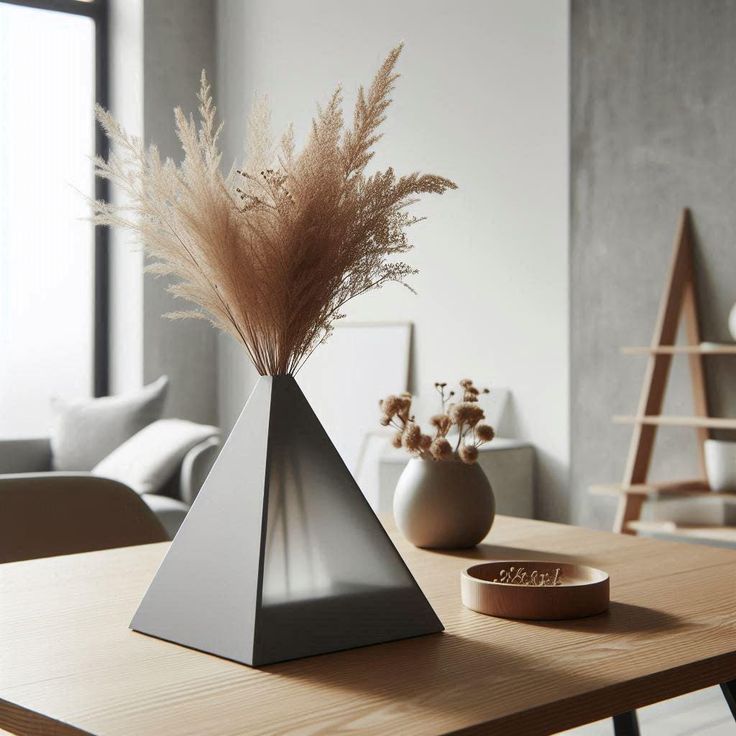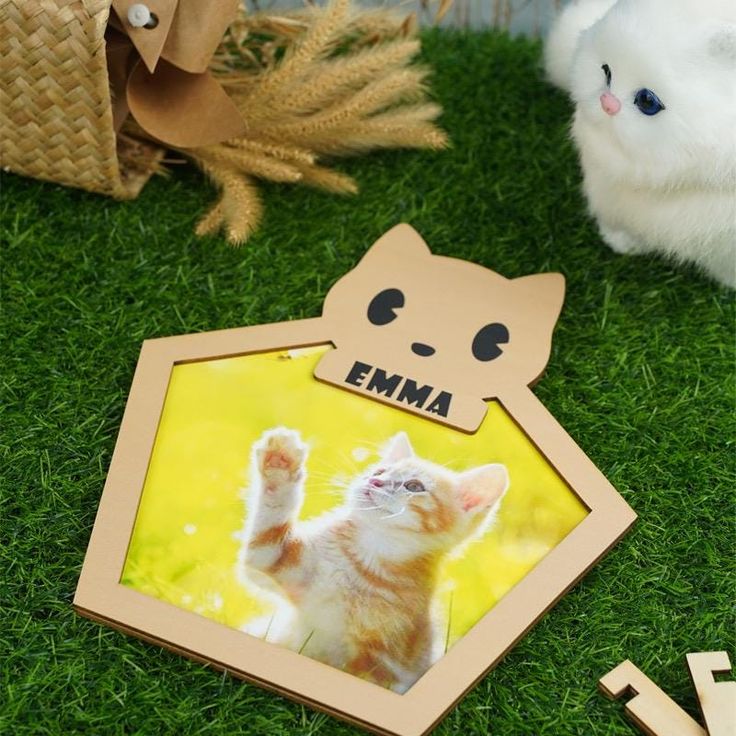Clay vases have captivated artisans and enthusiasts for generations, embodying the perfect harmony between functionality and artistic expression. Their rich history, diverse styles, and cultural significance make them essential pieces in any home decor. In this comprehensive guide, we will explore various aspects of clay vases, including their historical significance, types, how to choose the right one for your space, ideas for decoration, care tips, and their eco-friendly benefits. Whether you are an avid collector or someone simply looking to enhance your home, understanding the world of clay vases offers an enriching experience.
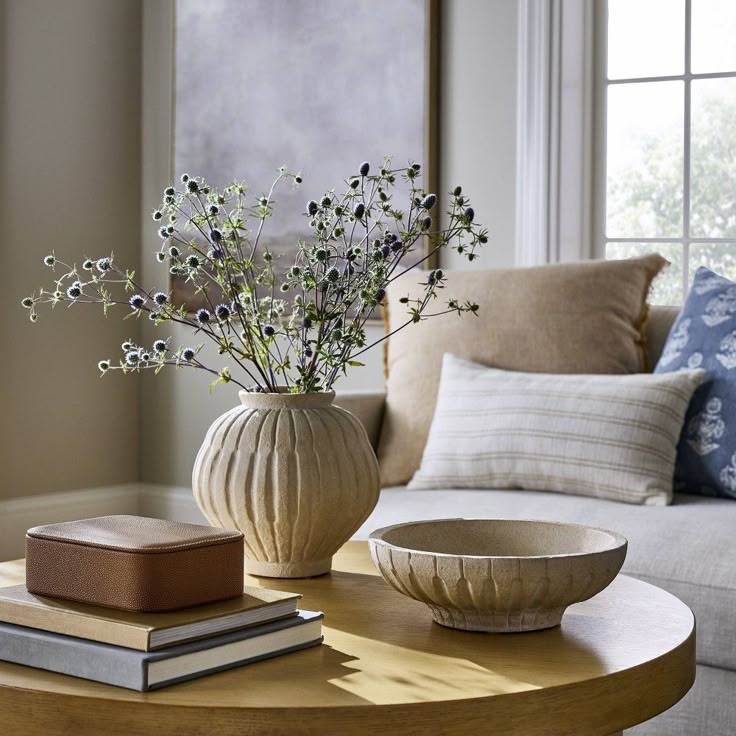
The Historical Significance of Clay Vases
Clay vases date back to ancient civilizations, serving not only as practical vessels for holding water and food but also as art pieces reflecting cultural values. Historically, these vases were significant in various societies across the globe. The earliest clay objects can be traced back to around 29,000 BC, with efforts of sculpting evolving significantly through the centuries.
Ancient Civilizations
In Ancient Egypt, clay vases adorned tombs and temples, showcasing intricate designs and hieroglyphics. They often held oils, perfumes, or food offerings for the afterlife. Similarly, the ancient Greeks created beautiful amphorae, specialized clay vessels used for storing wine or oil, often painted with detailed scenes of mythological events.
In Asia, the Chinese developed their famed teracotta pottery, with the Terracotta Army illustrating their artistic expertise. These vessels often featured motifs representing nature, life, and spiritual beliefs. Many of these ancient vases are prized for their craftsmanship and continue to influence modern potters.
Modern Interpretations
In contemporary times, artists and artisans take inspiration from these historical forms to create innovative designs that reflect modern aesthetics. Clay vases are not merely functional; they have evolved into artistic expressions found in homes, galleries, and stores around the world. Their ability to withstand the test of time is a testament to their enduring appeal.
Types of Clay Vases
Clay vases come in various shapes, sizes, and styles, allowing for tremendous versatility in home decor and usage.
1. Terracotta Vases
Terracotta is one of the oldest materials used for making vases. This unglazed pottery exhibits a warm earthy color, typically ranging from reddish-brown to orange. Terracotta vases add a rustic appeal and are frequently used in gardens or as centerpieces in casual settings. Their porous nature allows for breathability, making them suitable for outdoor use, such as displaying plants or flowers.
2. Stoneware Vases
Stoneware clay contains a high percentage of clay minerals and kaolin, giving it strength and durability. Vases made from stoneware can be glazed in a variety of colors, allowing for both decorative and functional purposes. These vases often exhibit a glossy finish, making them easy to clean and perfect for holding fresh flowers without the fear of staining.
3. Porcelain Vases
Porcelain is a fine clay known for its white, translucent quality and elegance. It is typically glazed, resulting in a sleek appearance. Porcelain vases often feature intricate designs and colors, making them popular choices for formal settings. They are perfect as decorative pieces on mantels, dining tables, or display cabinets. Their fragility calls for careful handling, but their beauty makes them worthwhile additions.
4. Raku Vases
Raku pottery, with its roots in Japanese tea ceremonies, is known for its unique firing technique that results in unpredictable color and texture variations. The raku vases often embody an artistic flair, making them sought-after pieces for collectors. Their unusual finish and vibrant colors make them stand out in any setting, inviting conversation and admiration.
5. Modern Abstract Vases
The resurgence of contemporary art influences has led to the popularity of modern abstract clay vases. These pieces often feature asymmetric shapes, bold colors, and playful designs, capturing the essence of modern aesthetics. These vases serve as striking focal points in minimalist or eclectic decor, demonstrating that clay can transcend traditional forms to explore innovative artistic expressions.
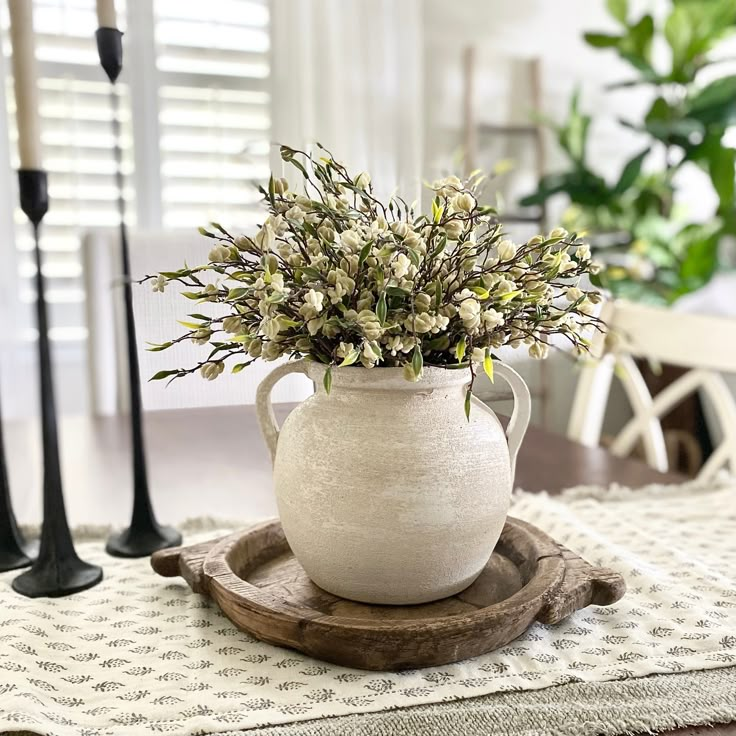
Choosing the Right Clay Vase for Your Space
Selecting the right clay vase involves considering various factors, such as the intended use, the style of your home decor, and the scale of the space. Here are some tips for making an informed choice:
1. Determine the Purpose
First, identify the intended use of your clay vase. Will it showcase fresh flowers, serve as a decorative piece, or hold dried arrangements? Each purpose may require different styles or shapes. For instance, taller vases work well for long-stemmed flowers, while short, wide vases are excellent for arrangements featuring a variety of stems.
2. Consider the Size
Size plays a crucial role in how well a vase fits into your space. Assess the scale of the location where you plan to display the vase. A large vase can serve as a stunning centerpiece on a dining table or entryway, while smaller vases can gracefully accentuate shelves or side tables.
3. Match the Style
Choose a clay vase that complements your existing decor. Consider colors, textures, and patterns that resonate with your style. For contemporary spaces, sleek, modern designs fit seamlessly, while rustic terracotta pieces can enhance farmhouse or bohemian styles. Understanding your style can help create a cohesive and inviting atmosphere in your home.
4. Explore Color Options
The color of the vase can significantly impact the overall aesthetic. If you want a neutral piece, opt for earthy tones that will blend in well with various interior styles. Alternatively, bold colors and intricate patterns can become conversation starters. Remember to consider the types of flowers or plants you plan to display, as they should harmonize with the vase’s color.
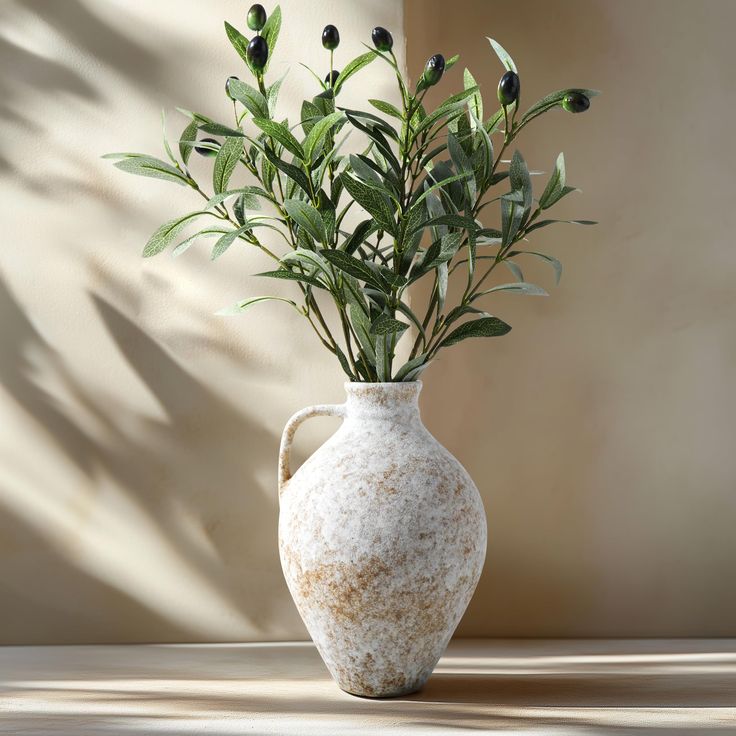
Decorating with Clay Flower Vases
Clay vases are versatile decorative elements that can enhance various areas in your home. Here are some creative ways to integrate them into your decor:
1. Centerpieces
Whether for dining tables, coffee tables, or kitchen islands, clay vases can serve as eye-catching centerpieces. Fill them with fresh flowers for a vibrant touch, or leave them empty for an artistic statement. For a seasonal vibe, swap out flowers to match changing decor themes throughout the year.
2. Shelf Accents
Use clay vases to add dimension and interest to your shelves or bookcases. Pair vases of varying heights together for a visually engaging display. Consider combining them with other decorative elements, such as books, candles, or framed photos, to create cohesive arrangements.
3. Entryway Decor
Enhance your entryway with a clay vase that sets the tone for your home. Add vibrant flowers for a welcoming touch or a simple dried arrangement for a minimalist vibe. This creates a beautiful first impression for visitors while brightening the space.
4. Outdoor Spaces
Clay vases can elevate your outdoor settings, whether on patios, balconies, or gardens. Terracotta vases work particularly well outdoors, offering durability while harmonizing with natural surroundings. Use them to display colorful blooms or even small shrubs for a refreshing touch.
5. Layered Textures
Incorporate clay vases into layered decor by pairing them with other materials like wood, glass, or metal. By mixing and matching different textures, you can create depth and visual intrigue throughout your space.
Caring for Your Flower Vases
Maintaining the beauty of your clay vases requires proper care and handling. Follow these tips to ensure they last and remain in excellent condition:
1. Cleaning
Regularly dust your clay vases to remove debris. For deeper cleaning, use a damp cloth and mild soap. Avoid heavy scrubbing, as it may scratch the surface. Rinse thoroughly with water and allow them to air dry completely before placing them back in your home.
2. Avoiding Direct Sunlight
Many clay vases, especially those with glazes or painted designs, can fade if exposed to direct sunlight for extended periods. Position your vases away from harsh sunlight to preserve their color vibrancy.
3. Moisture Management
For vases used with fresh flowers, avoid overfilling them with water and ensure that any excess is emptied. Prolonged exposure to water can cause some clay vases to weaken or develop mold. Use floral foam or waterproof liners in porous vessels to protect them from moisture.
4. Handling with Care
When moving or cleaning your clay vases, handle them with care to prevent accidental drops and chips. Always lift vases from the base instead of the neck to reduce the risk of breaking fragile necks.
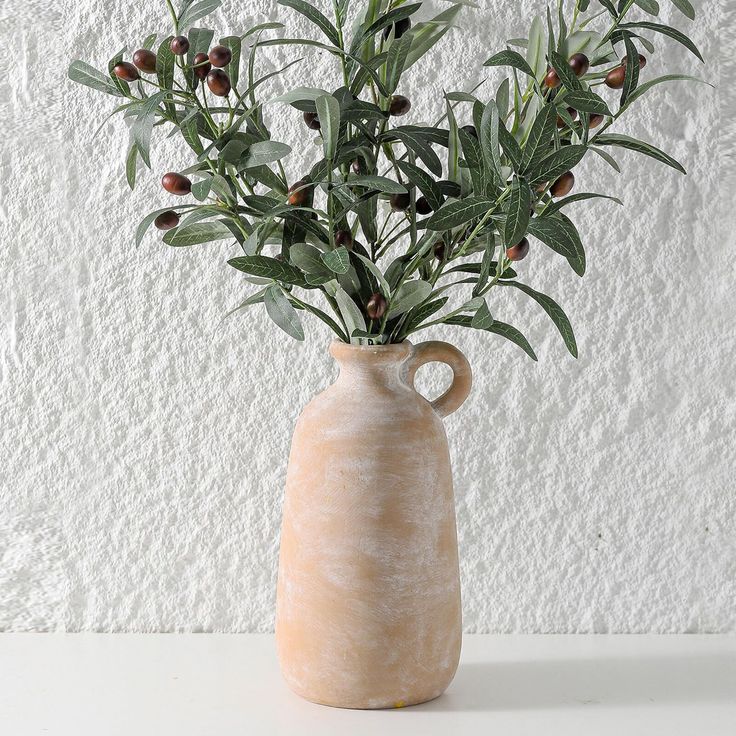
The Eco-Friendly Benefits of Clay Vases
In an age where sustainability holds increasing importance, clay vases offer eco-friendly benefits worth noting. They are made from natural materials, providing an alternative to plastic-based containers that can contribute to environmental pollution.
1. Biodegradable Materials
Clay vases are made from clay and natural minerals, which are biodegradable. They can break down over time without leaving harmful residues, making them a responsible choice in an environmentally conscious lifestyle.
2. Sustainable Sourcing
Many artisans and craftsmen use locally sourced clay, reducing transportation emissions associated with mass-produced items. This encourages the growth of local economies and promotes traditional craftsmanship.
3. Durability and Longevity
While many contemporary decorative items are made to be disposed of quickly, clay vases are designed with longevity in mind. Their sturdiness allows them to be cherished for years, avoiding unnecessary waste and the need for frequent replacements.
4. Unique Artistic Expressions
Choosing hand-crafted clay vases from local artisans encourages individuality and uniqueness in your home decor. Each piece reflects the artist’s creativity and craftsmanship, enriching your living space with stories and heritage.
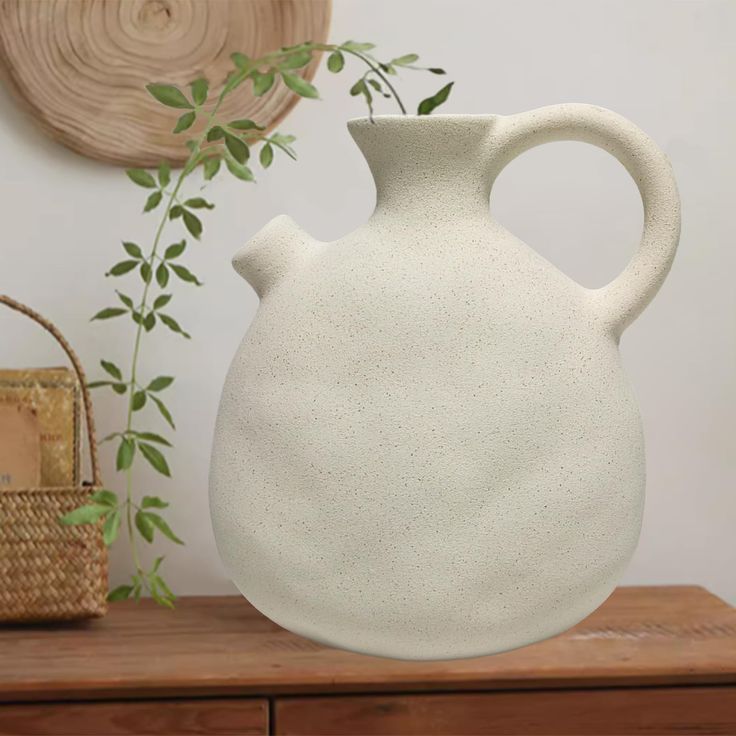
Conclusion
Clay vases are not just ornamental objects; they are timeless pieces that embody history, artistry, and sustainability. With a rich heritage spanning thousands of years, these vessels have evolved to meet modern aesthetics while maintaining their functional roots. Whether you appreciate them for their artistic expressions, practical use, or eco-friendly attributes, clay vases offer endless possibilities for enhancing your home.
From selecting the perfect style and size to creatively using them in various spaces, clay vases hold the power to transform your environment. With proper care, these beautiful pieces can last for generations, making them worthwhile additions to your home. Embrace the charm of clay vases and let them become integral elements of your living space, celebrating both nature’s beauty and the craftsmanship of human hands.
